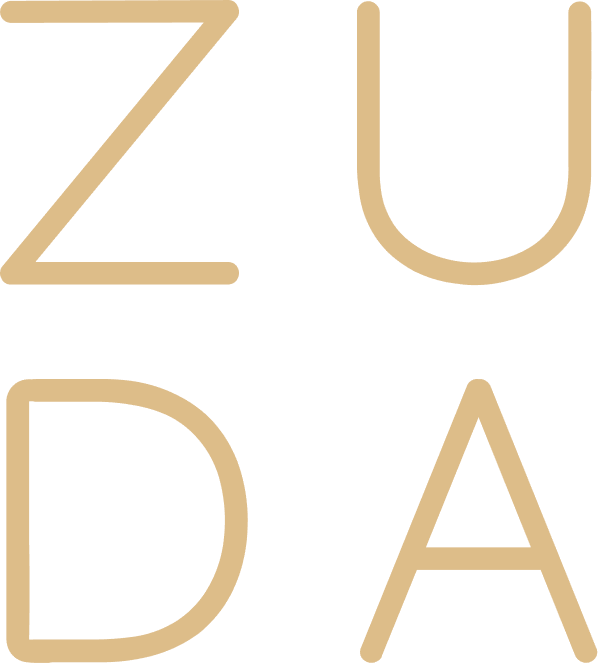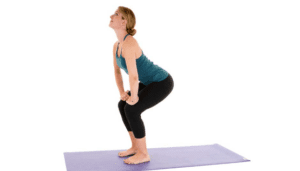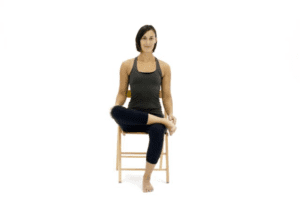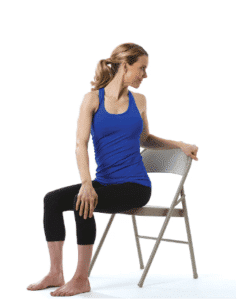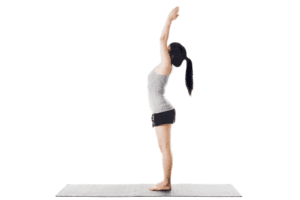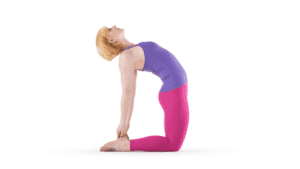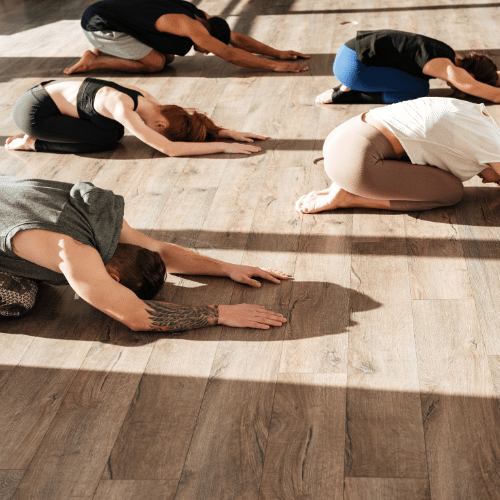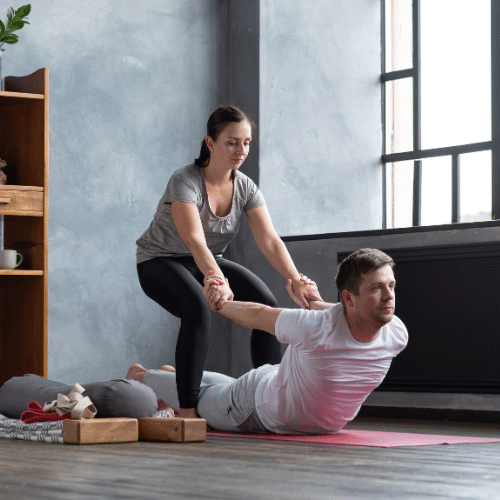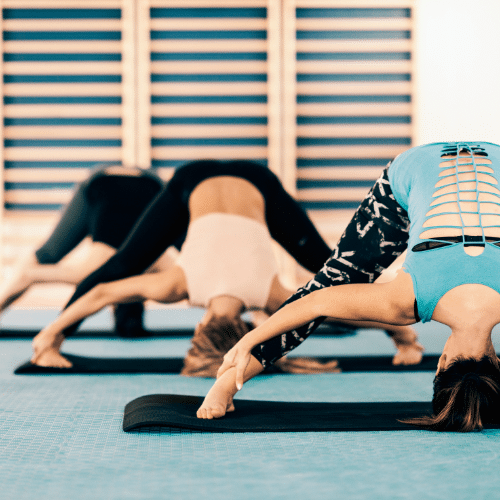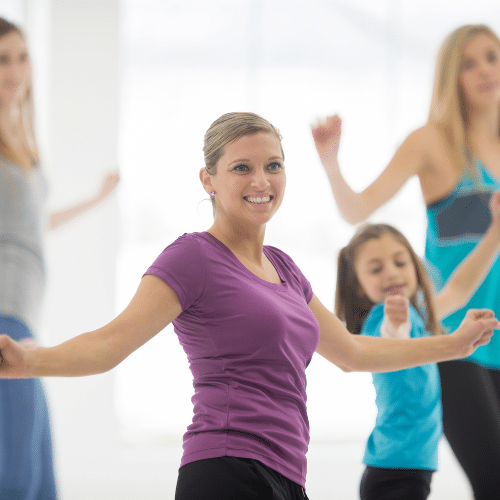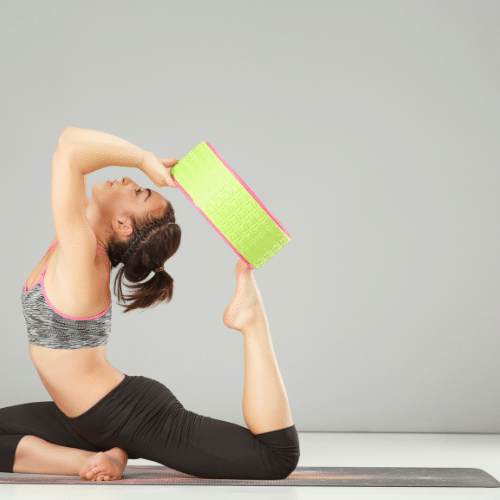Staying active and healthy can be tricky in an office environment. The sedentary nature of many corporate spaces is contrary to the goal of greater mobility and flexibility. It can be very disheartening, and many fitness enthusiasts lose heart.
But there is hope. Yoga doesn’t have to be done in a studio or gym. You can do plenty of exercises to strengthen the body and improve the core from a simple desk chair in the office. Even a tiny cubicle is sufficient for a handful of poses designed just for the workspace. Poses such as standing cat cow pose or camel pose can help your body immensely.
Standing Cat Cow Pose
Standing cat cow pose is a favorite for those who have to sit in an office chair all day. This pose provides a deep stretch and relief for those stiff muscles.
The mechanism for this stretch is very simple:
- Stand tall.
- Place your hands on your hips. And draw elbows behind the back.
- Place your feet hip distance apart.
- At the same time, inhale, lift your chest, and move your rear back. This is known as the cow and is excellent for stretching the front chest muscles.
- Now exhale.
- Pull your belly toward the spine.
- Bend at the knees, and round the back while bending over an imaginary ball.
- This is the cat. Pull your chin toward your chest if it can be done without discomfort.
- Do this three or four times, taking a full breath while going through the steps. It sounds tricky, but you will make it part of your daily routine once you try it.
Chair Pigeon Pose
Chair Pigeon Pose is a terrific way to stretch the hips, back, glutes, and thighs. This pose needs very little room for movement and can be done while seated. If sitting gives you sciatic nerve pain, definitely give this a try.
- Sit comfortably, back straight.
- Inhale slowly, taking your right leg and placing it at the ankle on your left thigh.
- Hold it with your hands so it doesn’t slip. This is Chair Pigeon Pose.
- If added stretching is desired, bend your chest toward your legs. Retract the bend. Do this for three or four breaths.
- Switch legs and repeat the pose.
- Each time, hold for three or four full breaths.
Always remember to breathe. Chair pigeon pose doesn’t look like much, but the muscle groups will react as you stretch them, lingering during the few seconds of deep breathing. You will feel the burn, but soon, your body will adapt.
Seated Twist
Also known as the Seated Spinal Twist or Chair Spinal Twist, the seated twist is a sitting pose you can do on a long flight, commuting by train, or, of course, during those never-ending hours in the office. This can be done from a seat facing forward, or, if you do not have armrests, it is slightly simpler sitting sideways.
- Sit straight with your feet flat on the floor, hip distance apart.
- Engage your core by drawing your belly button toward your spine.
- Place your left hand on your right knee.
- Your body is naturally flexing in a twist solely by this motion.
- Put your right hand on your right hip.
- Inhale, raise your chest, and straighten your spine.
- As you exhale, twist your spine by rolling your right shoulder. The twist must come from your spine, not your neck or head.
- Now, turn your head toward your right shoulder, but do it gently. You can pull a muscle in your neck if you are too fast or rigid.
- Finally, relax your shoulders, keep your spine straight, and slowly release the pose. Mirror the pose to the left.
Upward Salute
It might feel funny doing upward salute at your desk since it involves a double-arm salute, but the muscle groups stretched here are no laughing matter. This standing yoga pose energizes the body, improves blood flow, and improves mental clarity.
Warning: Do not try this pose if you have back or neck injuries.
- Start in the Mountain Pose for this pose, standing straight and tall, keeping your feet together.
- For now, keep your arms down, your palms facing your thighs.
- Keeping your arms straight, rotate your arms outward from the shoulders, palms facing forward.
- Inhale as you lift your arms outward, in a long arch to the sides and toward the sky.
- The final position for this beginning part of the pose is to have your straight arms pointing upward, but if the muscles feel tight, stopping when they are parallel with each other above your head is acceptable.
- If possible, bend them slightly behind your ears, stretching your back muscles further.
- Push your fingertips as high as possible, as if trying to lengthen your arms while rolling your shoulder blades toward each other.
- Now, look at your thumbs, but do not strain.
- Keep your stomach in and extend your tailbone down, not allowing your belly to come forward. Now hold for a few deep breaths.
- In your final exhale, let your arms return to the start position, relaxing your core.
Upward Salute can easily lead into other standing poses.
Camel Pose
While it might feel strange performing Camel pose at the office, as this pose is done on the floor, your body will thank you.
- Kneel with your body upright, straight, and your hips over your knees.
- Draw your hands up your body until your hands find your ribs, holding them with a thumb on the back and four fingers wrapped around to the front. This will cradle your ribs and give you extra support as you push your chest toward the sky.
- Carefully reach back with one hand at a time and grab your heels. The tops of your feet should be flat on the floor. Try to keep your hips over your knees.
- Now, you have an option. If you wish, tilt your head back and allow your throat to open naturally. However, if this is uncomfortable, keep your chin tucked toward your chest.
- Slowly reverse this pose, allowing your back to adapt to the change in position.
If getting on the floor is uncomfortable, this next variation is for you.
Chair Camel Pose
While Camel pose is typically performed on the floor, a variation can also be done from your chair.
- Sit with your toes touching the floor, and your legs close together.
- Lift your head and expand your chest.
- Scrunch your shoulders and rest your hands on the back of the chair.
- Push your hips forward while shifting your shoulders back, creating a slight arch in your back.
- Gaze upward while keeping your spine in an even position.
Camel pose can improve back pain and increase mobility in your spine while stretching your chest and abdomen.
Final Thoughts
These are just a few poses anyone can do in an office setting, but they may take practice. Before attempting any of them, no matter how basic they might look, check the skill level and be honest about your current level of flexibility. Trying an advanced pose without yoga experience can result in muscle strain, pinched nerves, and tissue damage. Be careful and start slow. If you need guidance learning yoga poses to do throughout your work day or need a place to wind down after, visit us at Zuda Yoga. We would love to flow with you.
